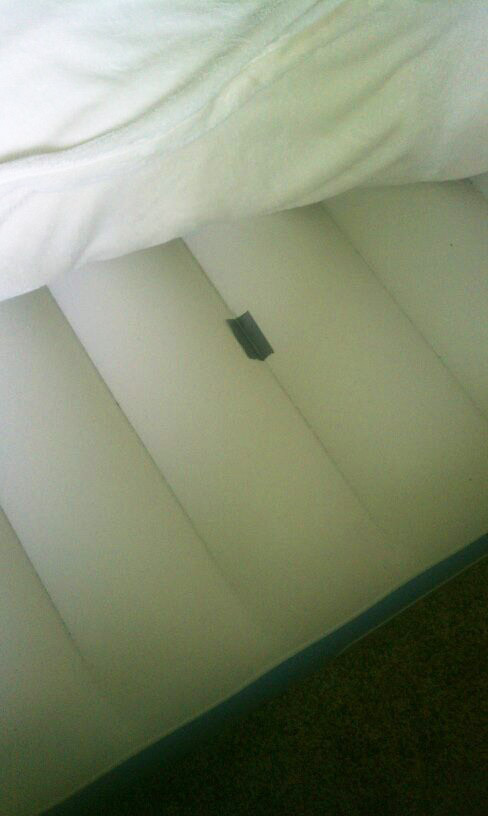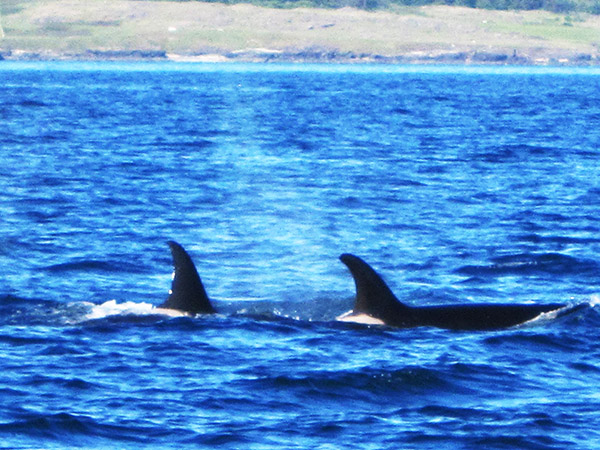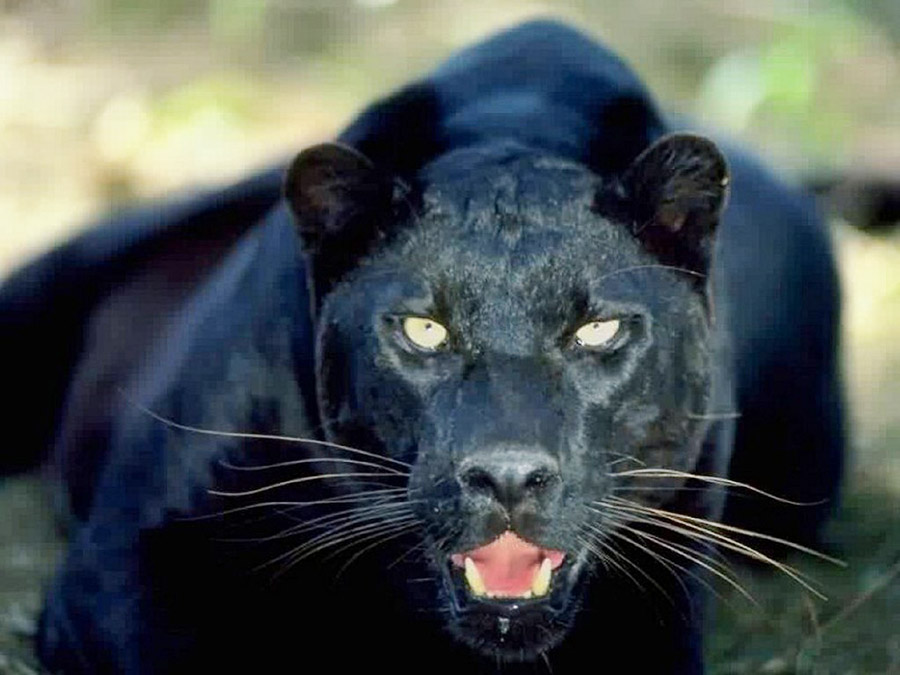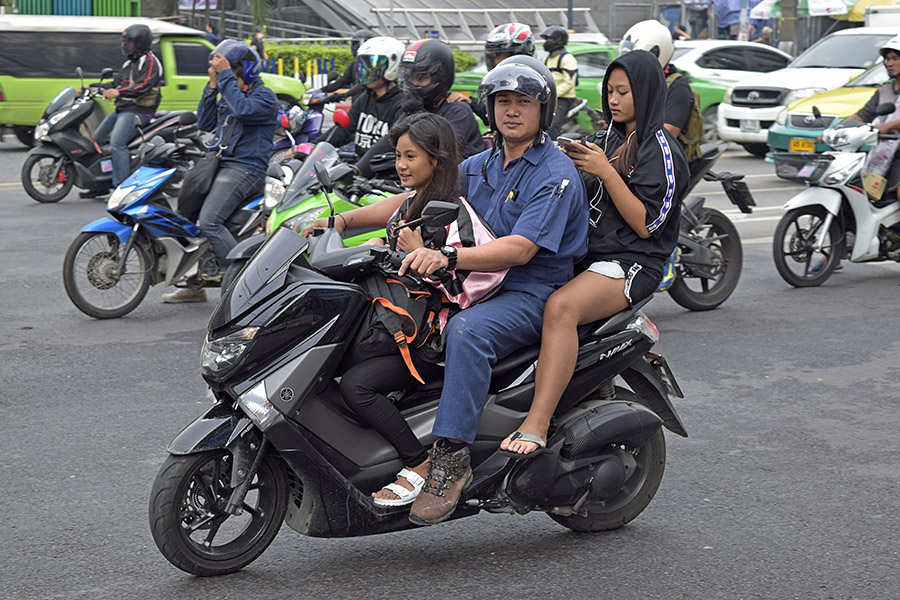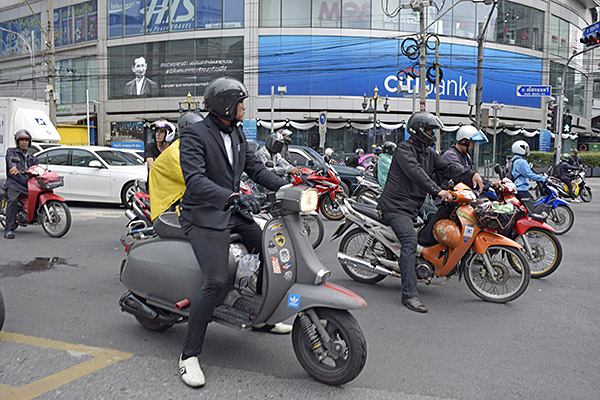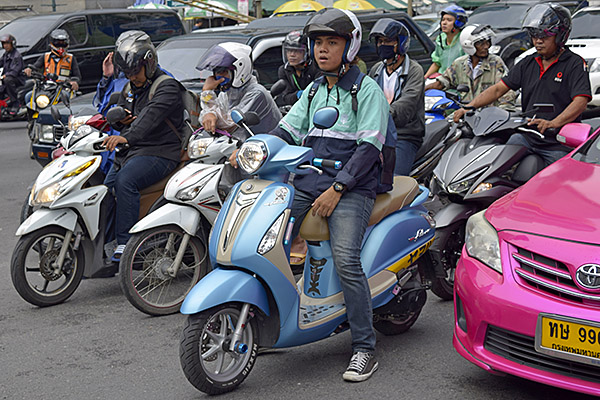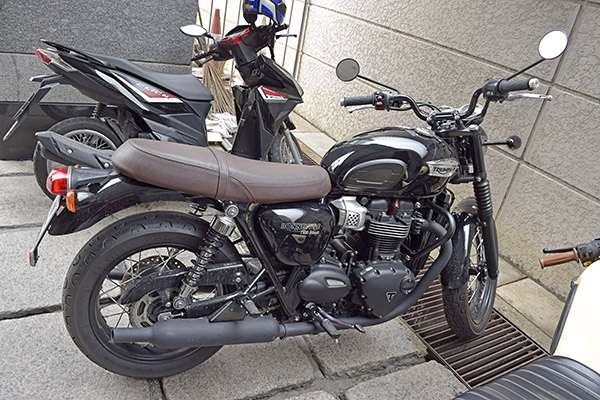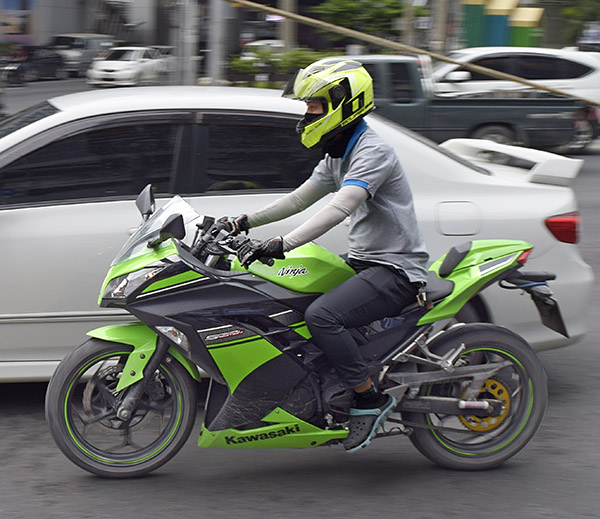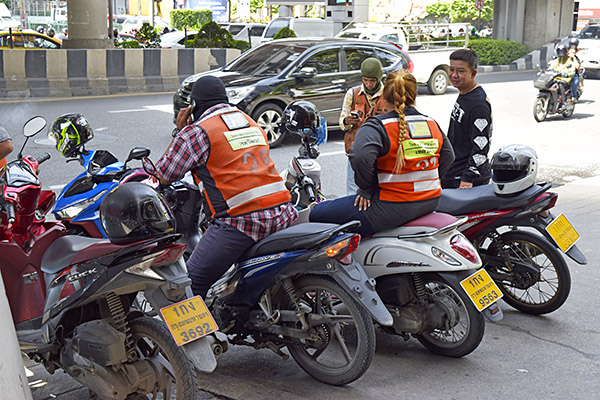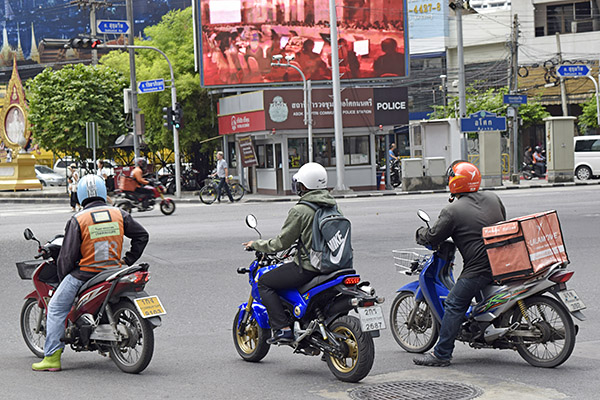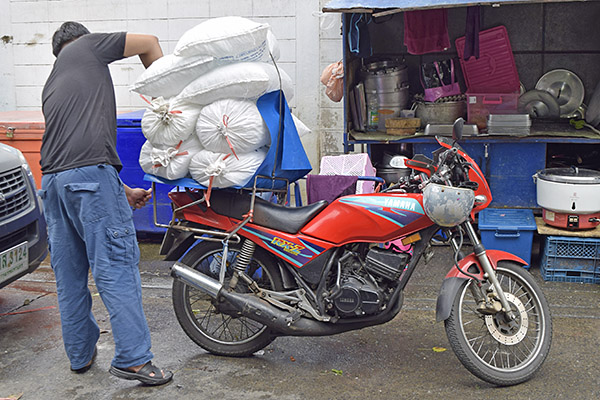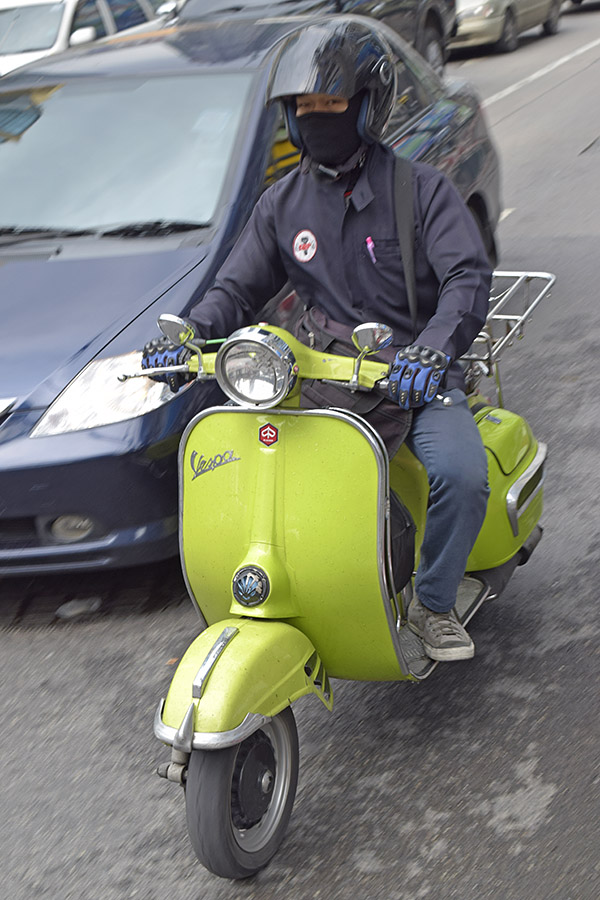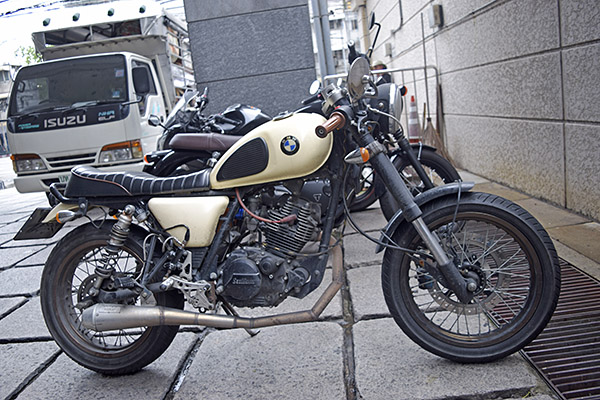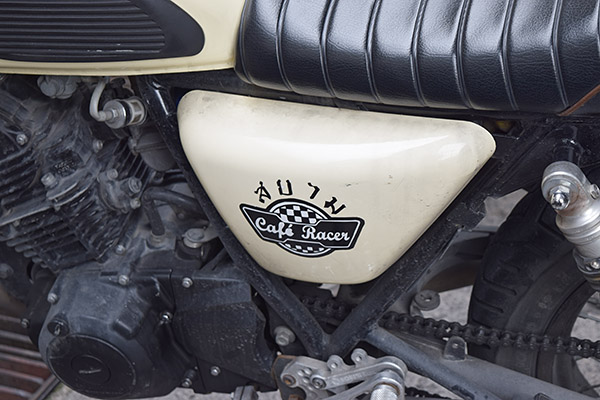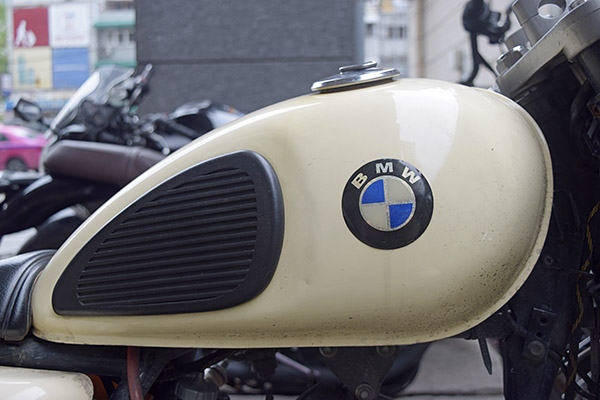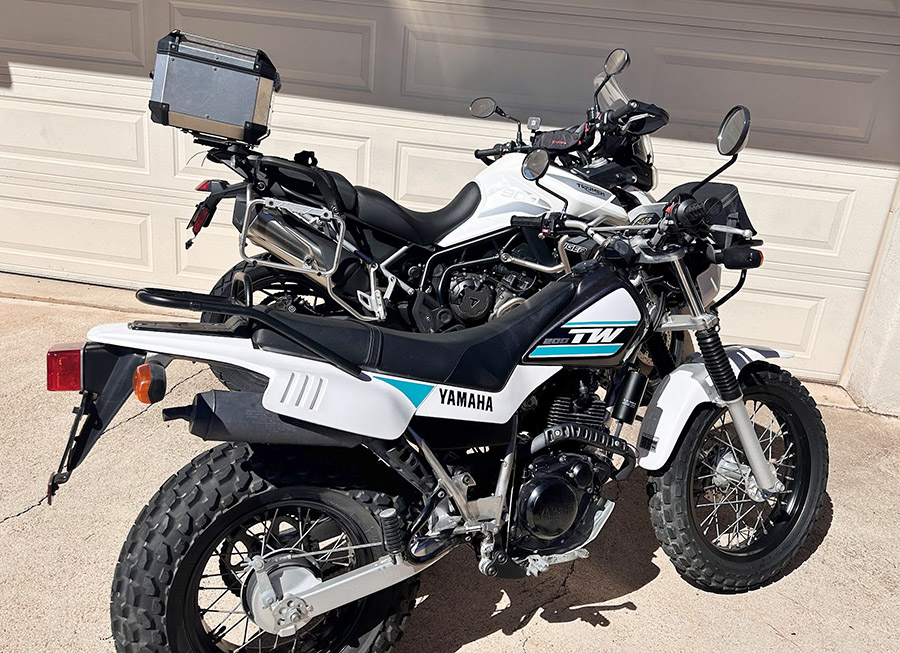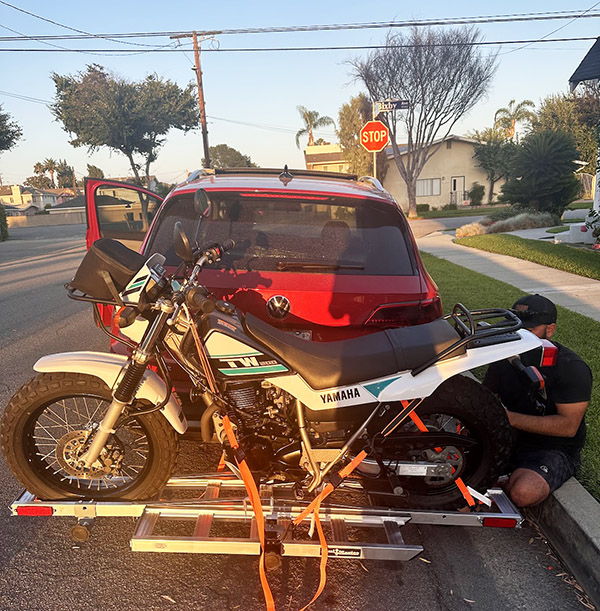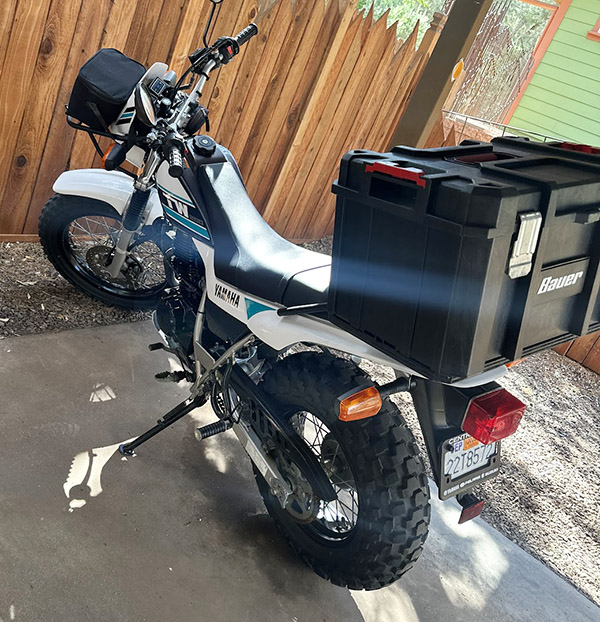By Joe Berk
The New Year hits tonight. The years keep rolling by and it’s time for my 2024 resolutions. I’ve made a few, and with your indulgence, I’ll share them here.
I’m going to continue to hold my tongue (and my keyboard) on all things political. I’ve never seen anyone read a social media post or a blog or listen to someone with an opposing viewpoint and suddenly exclaim, “ah, now I understand…of course you’re right, and I was wrong all along…” Nope, the era of intelligent political discourse ended in the 1960s with the Vietnam War protests. Back then, and now, everyone is convinced their opinion is the only true path. I’m never going to call anyone ever again a leftwing idiot or a rightwing idiot, partly because of this resolution and partly because I hate being redundant.
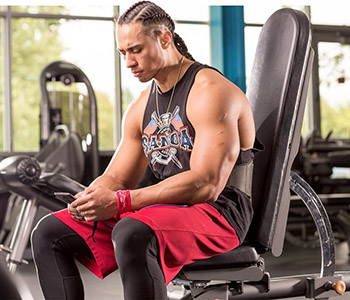
I’m going to stop getting upset with people at the gym tying up machines while screwing around on their cell phones. Nope, you can sit on a machine and text to your heart’s content. I’ll just move on to another piece of equipment. Someday, though, when you’re standing in front of the Pearly Gates, you’ll have to answer. And I’ll be there. Just in case there are any questions.
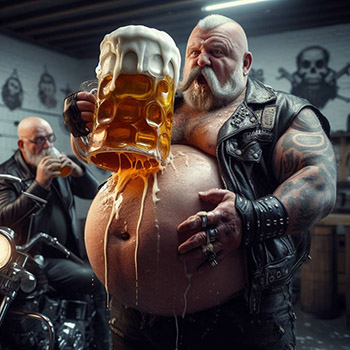
I’m going to lose weight. The answer is to use that calorie tracker on my cell phone and exercise. Really. This time I mean it. I want to be skinny like Gresh.

I’m going to cook more, but in line with the resolution above I’ll eat less. I do a great barbequed salmon, a marvelous Italian meat sauce, delicious stuffed shells, a wonderful chili, incredible stuffed peppers, a great wild pork sausage and mushrooms casserole, tasty chicken tostadas, and a few others. I want to try making my own chile rellenos this year and find at least three more dishes to add to my repertoire.

I’m going to sell a few guns. I own too many to enjoy and more than a few that I don’t shoot. It’s time to convert these investments into cash and let others have some fun.

I’m going to ride my motorcycle and my bicycle more. I’ve slowed down on my riding quite a bit in the last three years. Part of it is the pandemic…law enforcement on our public roads has dropped to nearly nothing, and there are too many people driving like maniacs out there…speeding, weaving in and out of traffic, and screwing around on their cell phones. I’ve been hit by cars twice in my life while on two wheels (once on a motorcycle and once on a bicycle), and I don’t care to add a third bone-breaking event to my resume. But I haven’t been riding enough and I want to get out and ride. Get my knees in the breeze. You know the feeling.

It’s time to put more pork on the table. I’m going to do at least two hunts in 2024. One will be a varmint hunt for coyotes in Arizona with Baja John; the other will be a pig hunt with my 6.5 Creedmoor (location to be determined). If you’re a vegetarian or fundamentally opposed to hunting, you have my permission to skip any blogs I write about these events.

I’m not going to buy any more watches. I came across Segal’s Law last year, which holds that a man with a watch knows what time it is, but a man with many watches is never sure. I’m the guy who’s never sure, raised to an exponent.
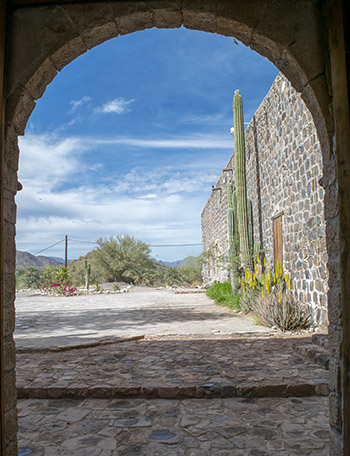
I’m going to do Baja again, most likely in March so I can see the whales, eat a chile relleno in San Ignacio, and visit Javier at the La Casitas in Mulegé. I think Gresh wants to go, too. Maybe we’ll get our other ExNotes writers in on the action. You’ll read all about it here on ExNotes.
I’m retiring, for real this time. I’ll still write for the ExNotes blog and Motorcycle Classics magazine (I enjoy writing for both and I never viewed either as work), but I’m done with everything else. It’s time.
There you go…my 2024 resolutions. How about yours?
Never miss an ExNotes blog:

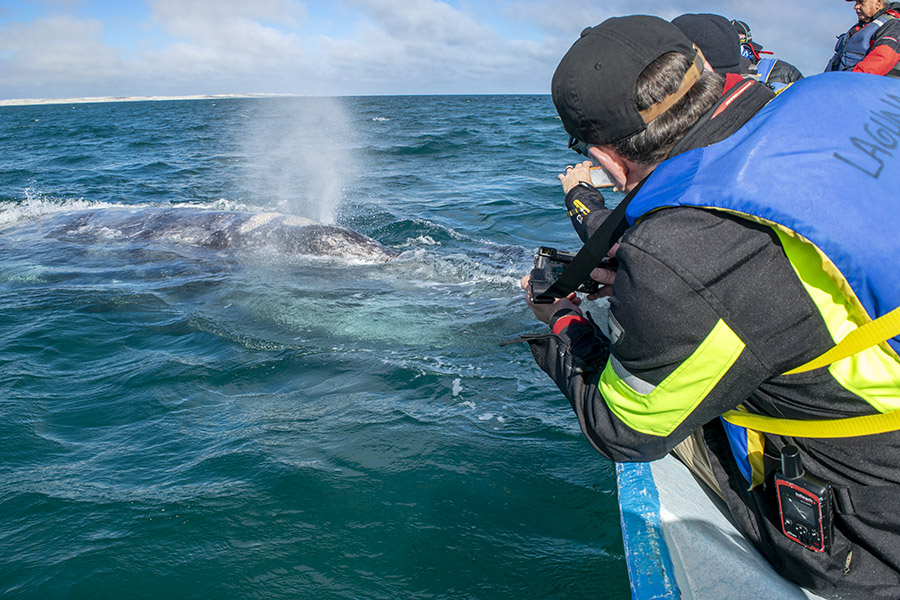


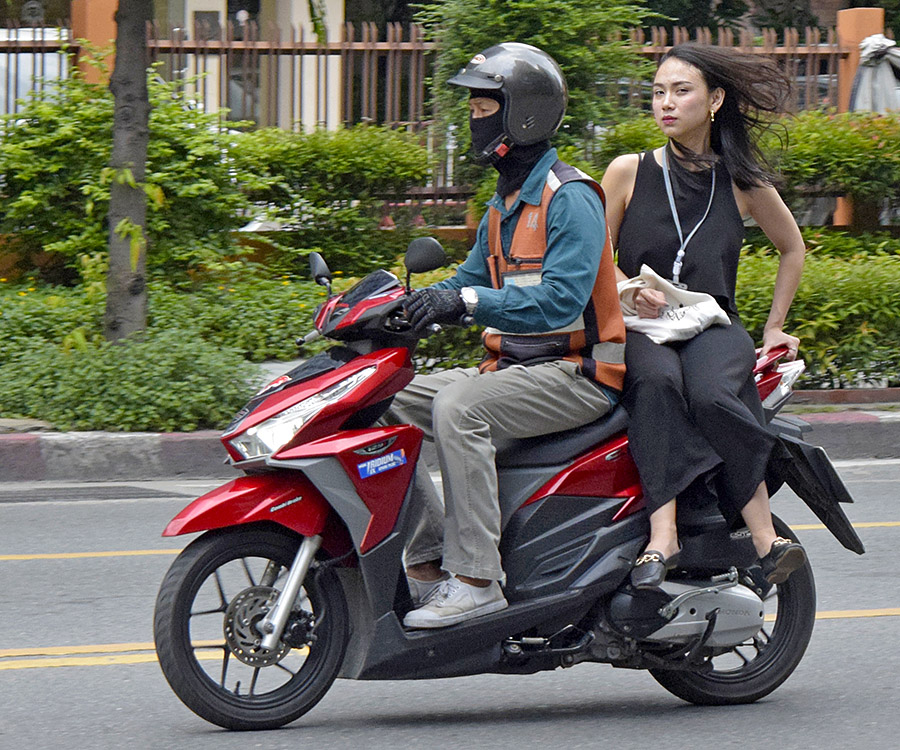
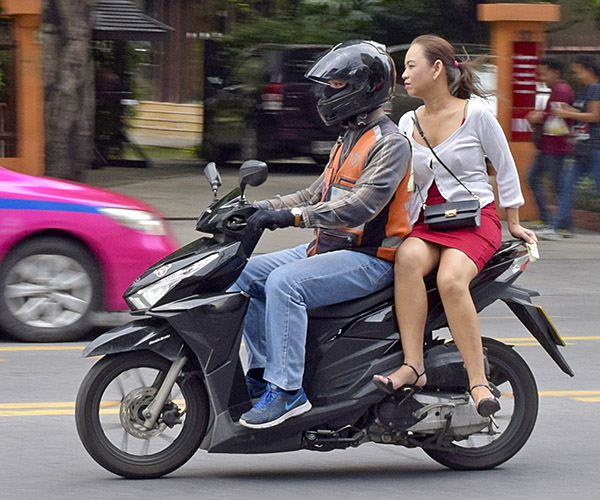
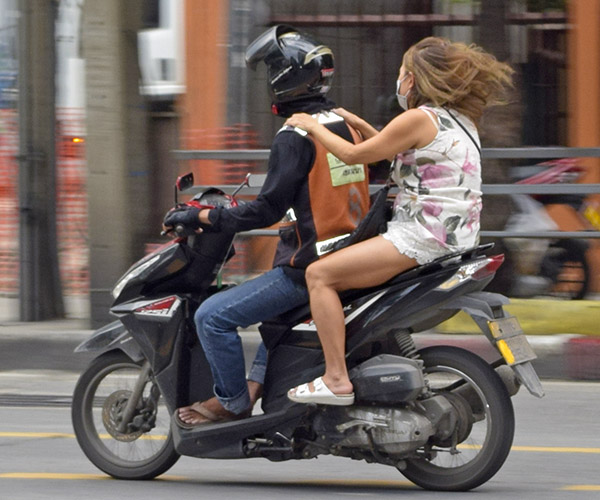
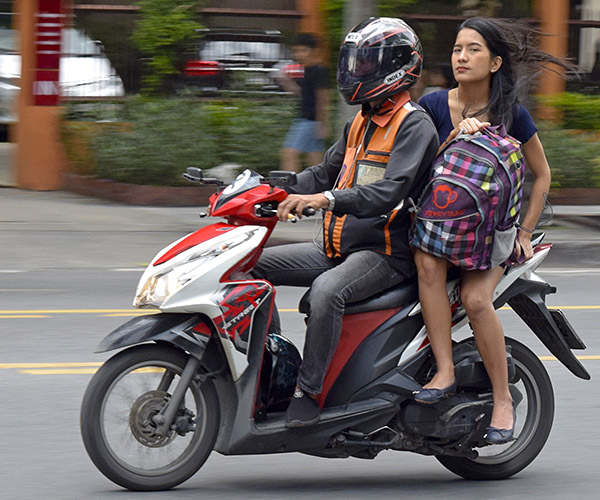
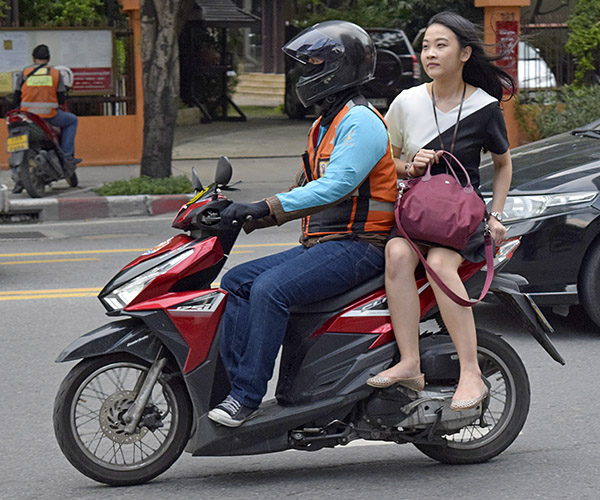
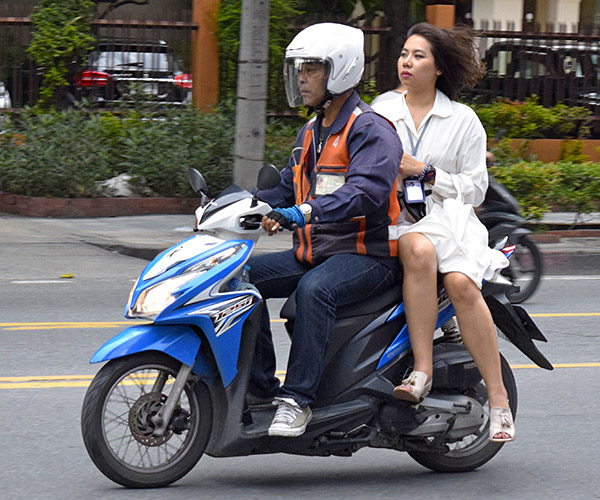
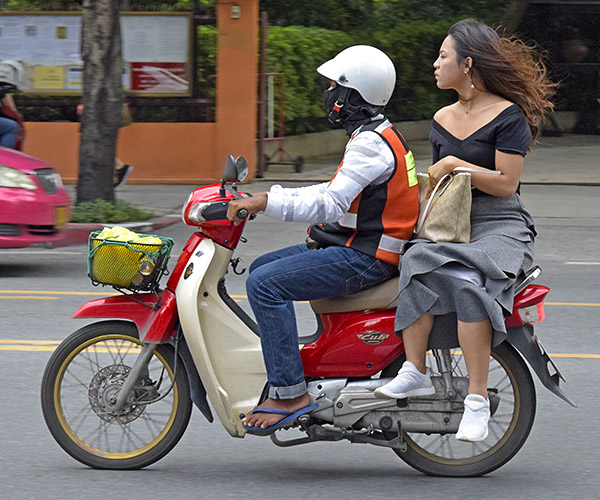
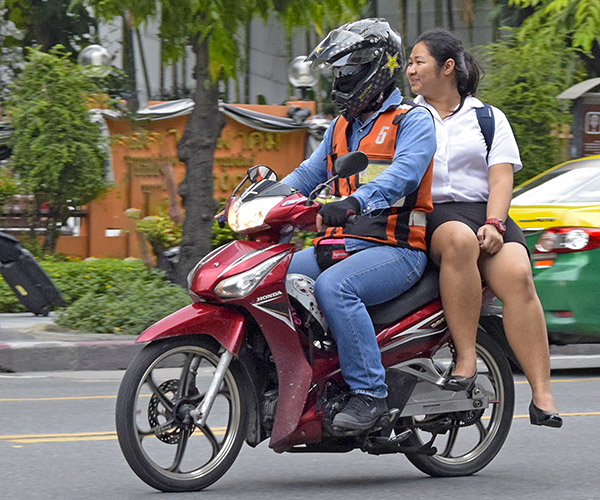
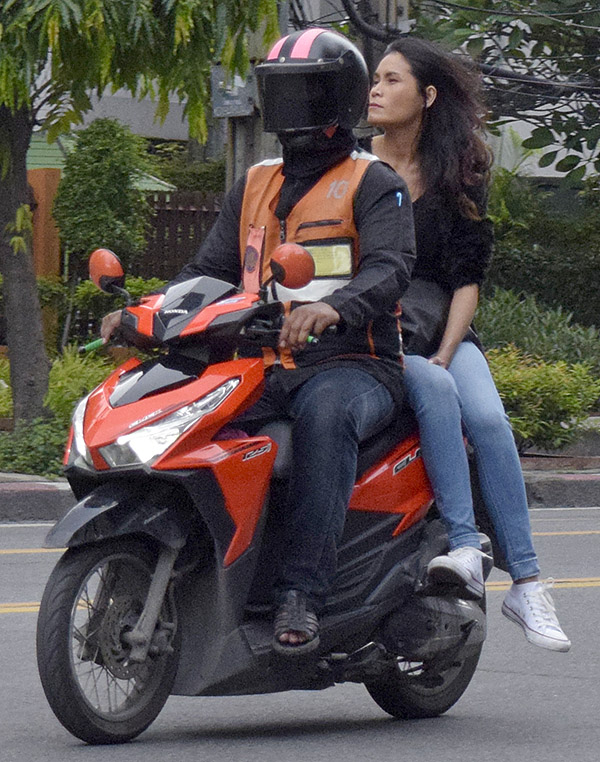 The photography challenges were interesting. I couldn’t get close to the bikes (it was a wide and busy avenue in downtown Bangkok), the bikes were moving, and the lens didn’t have a lot of reach (it was the 18-55mm Nikon kit lens, an inexpensive lens not nearly as sharp as Nikon’s pricier offerings). I cranked the D3300 camera’s ISO up to 800 (even though I was shooting during the day) to get the shutter speed up (to freeze the action), and then I relied on Photoshop to do the rest (the rest being cropping, adjusting the levels and the curves, adjusting for shadows, adjusting vibrance and saturation, and finally after sizing the photo to the sizes you see here, adding a touch of sharpness. I think they came out well. Consider this photo from the above collection:
The photography challenges were interesting. I couldn’t get close to the bikes (it was a wide and busy avenue in downtown Bangkok), the bikes were moving, and the lens didn’t have a lot of reach (it was the 18-55mm Nikon kit lens, an inexpensive lens not nearly as sharp as Nikon’s pricier offerings). I cranked the D3300 camera’s ISO up to 800 (even though I was shooting during the day) to get the shutter speed up (to freeze the action), and then I relied on Photoshop to do the rest (the rest being cropping, adjusting the levels and the curves, adjusting for shadows, adjusting vibrance and saturation, and finally after sizing the photo to the sizes you see here, adding a touch of sharpness. I think they came out well. Consider this photo from the above collection: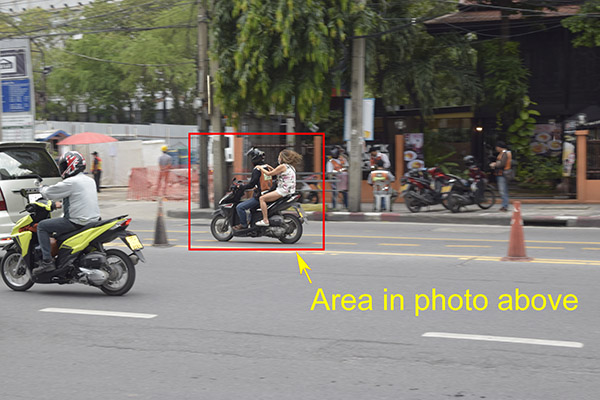
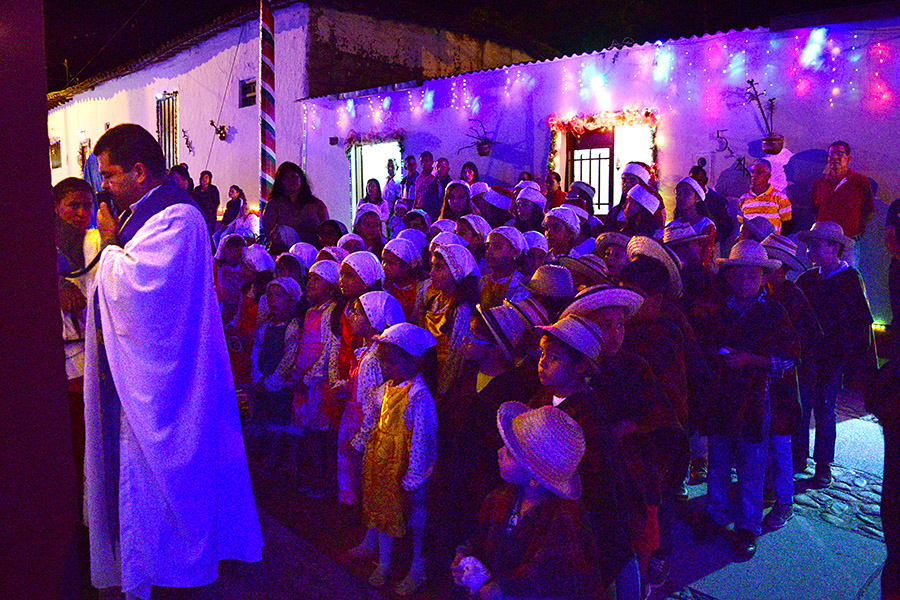
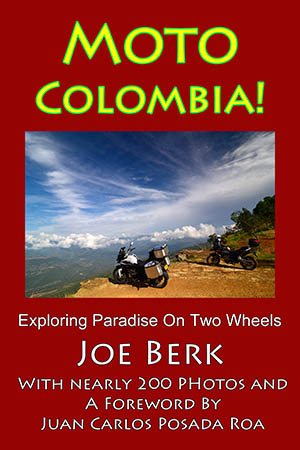
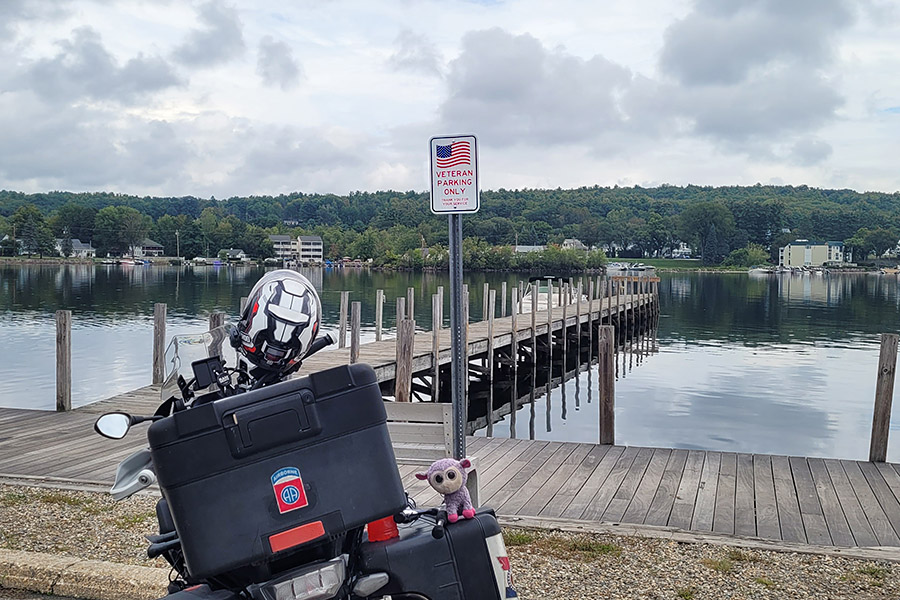
 OK, well the successful part ended rather quickly. I started off just crushing it and catching fish almost every time I went camping. I was fishing lakes around Arizona and thought that once I was in California it would only improve. It didn’t. In fact, I didn’t catch a single fish from July to the end of August. In my own defense, I was fishing rivers where most were fly fishing and not using lures or worms. But still, to be skunked day after day for a few months was demoralizing, especially one day when fishing in Lassen National Park. There was a couple next to me, literally right next to me, using the exact same power bait and reeling in bass after bass. As soon as he landed a fish his wife would clean and cook them on the spot. Meanwhile, I wasn’t even getting a bite. I may have cried that night in my tent a little (or a lot). I kept a positive outlook, as I was just starting my trip and had so many states to visit that my luck would surely turn around.
OK, well the successful part ended rather quickly. I started off just crushing it and catching fish almost every time I went camping. I was fishing lakes around Arizona and thought that once I was in California it would only improve. It didn’t. In fact, I didn’t catch a single fish from July to the end of August. In my own defense, I was fishing rivers where most were fly fishing and not using lures or worms. But still, to be skunked day after day for a few months was demoralizing, especially one day when fishing in Lassen National Park. There was a couple next to me, literally right next to me, using the exact same power bait and reeling in bass after bass. As soon as he landed a fish his wife would clean and cook them on the spot. Meanwhile, I wasn’t even getting a bite. I may have cried that night in my tent a little (or a lot). I kept a positive outlook, as I was just starting my trip and had so many states to visit that my luck would surely turn around.
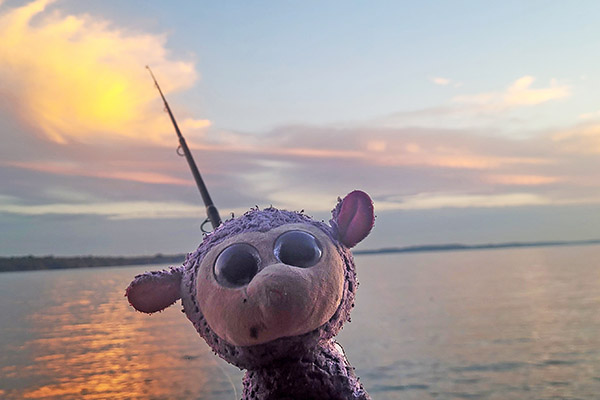
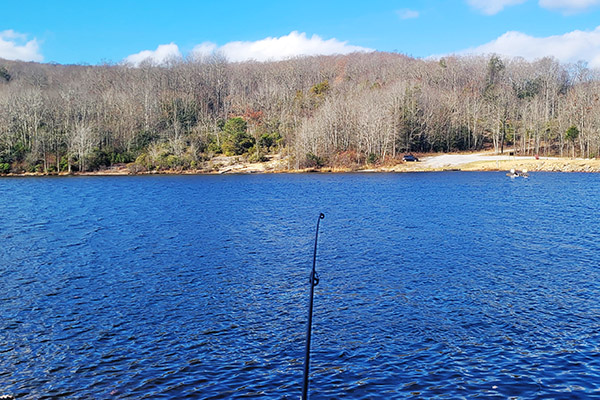






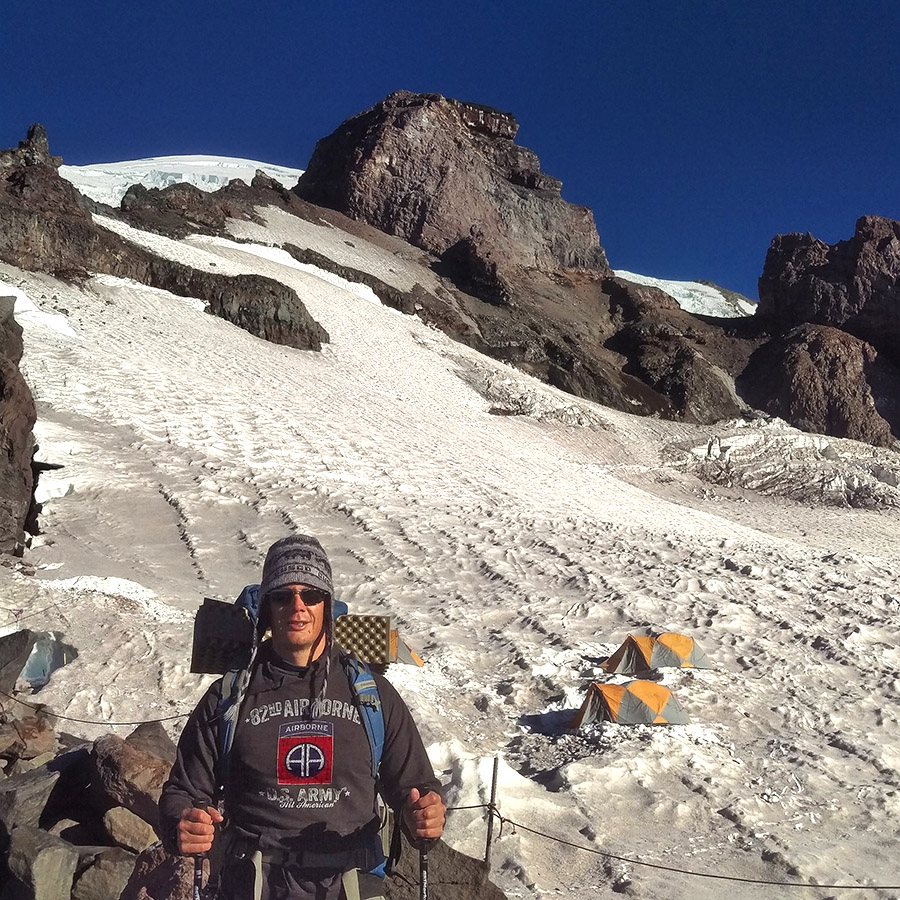

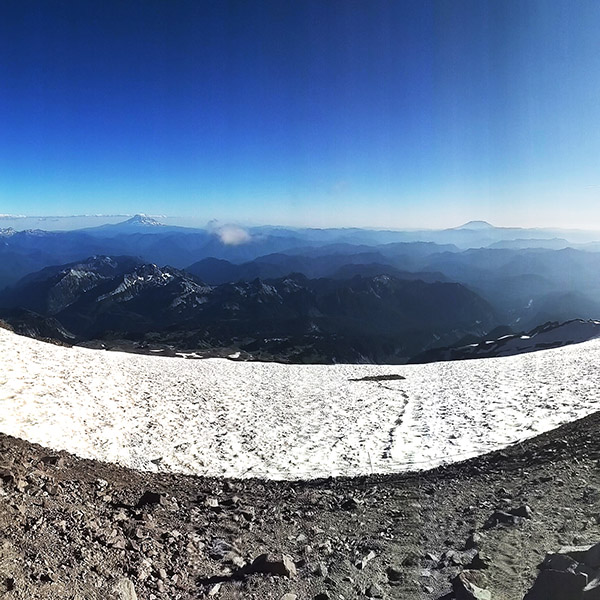
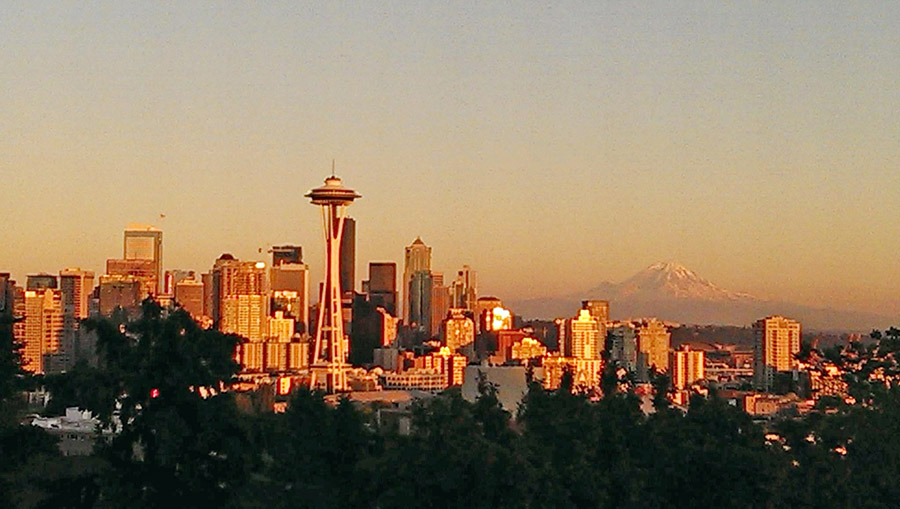
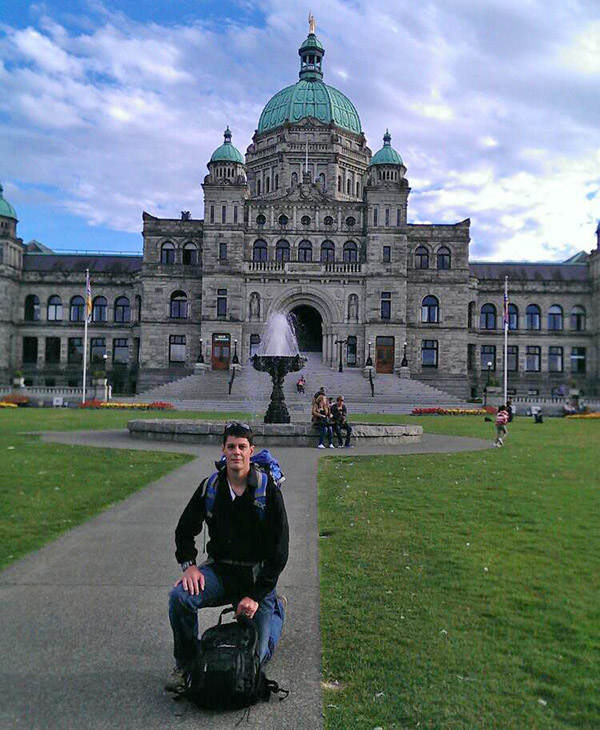 It was definitely time to return to the United States. It didn’t take too long over the next week to pack up, deflate the leaky air mattress I had been sleeping on for 8 months, and place the Good Will furniture on the corner (the furniture and I shared the same situation; we were both looking for our next home). Loading everything into the car was the final step before getting on the Tsawwassen Ferry, which would bring me to Vancouver. It was a short and uneventful 3-hour drive to my new residence in Seattle, Washington.
It was definitely time to return to the United States. It didn’t take too long over the next week to pack up, deflate the leaky air mattress I had been sleeping on for 8 months, and place the Good Will furniture on the corner (the furniture and I shared the same situation; we were both looking for our next home). Loading everything into the car was the final step before getting on the Tsawwassen Ferry, which would bring me to Vancouver. It was a short and uneventful 3-hour drive to my new residence in Seattle, Washington.